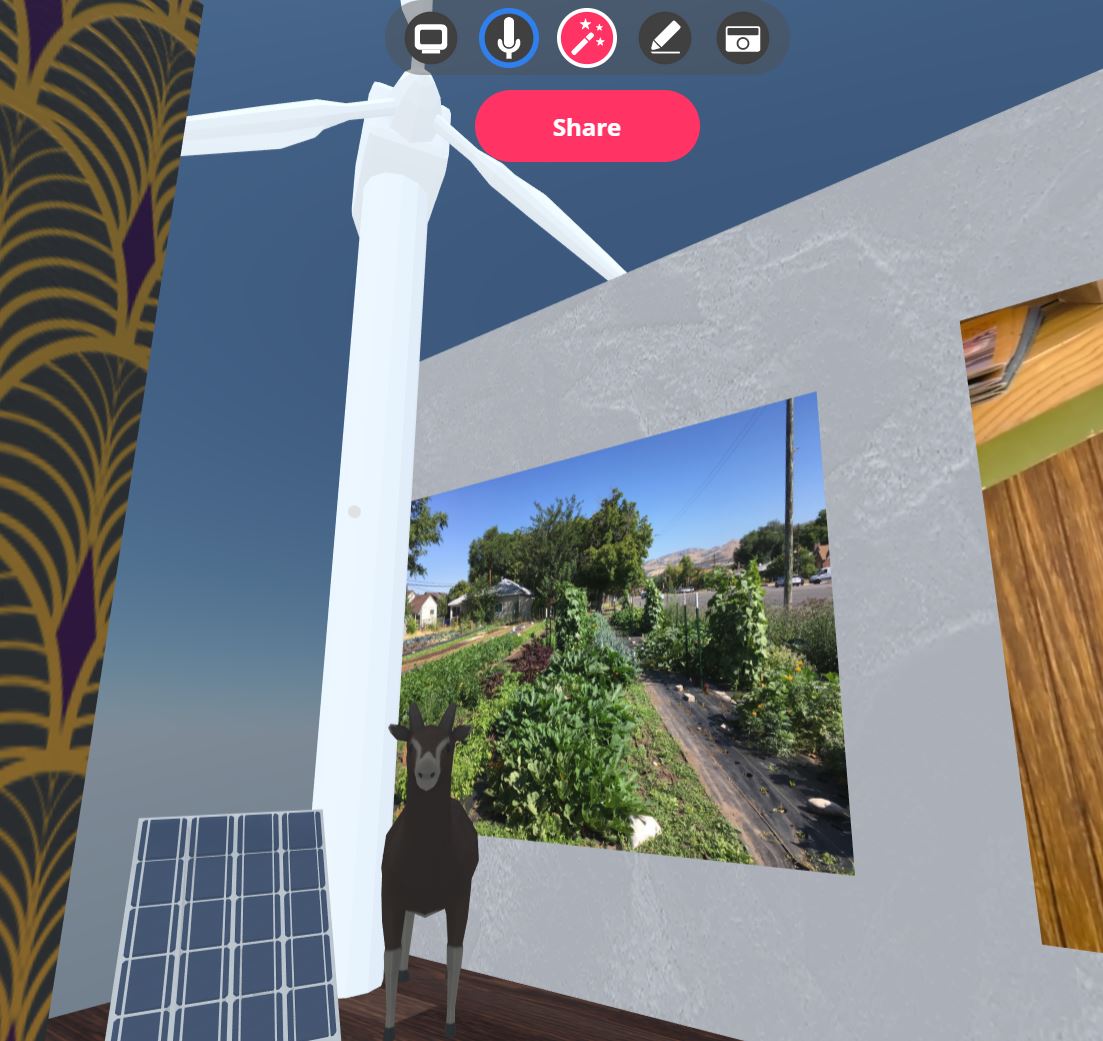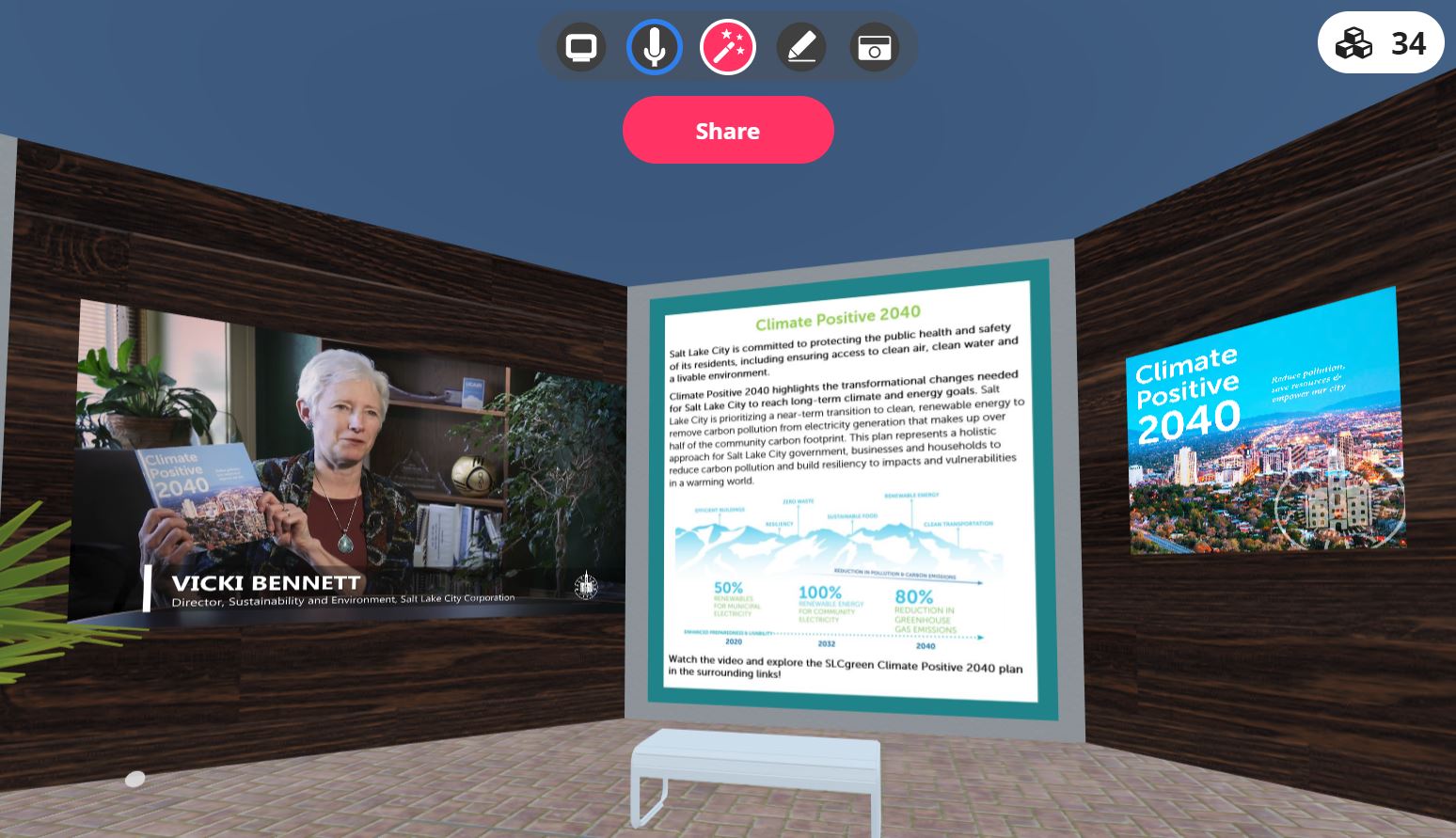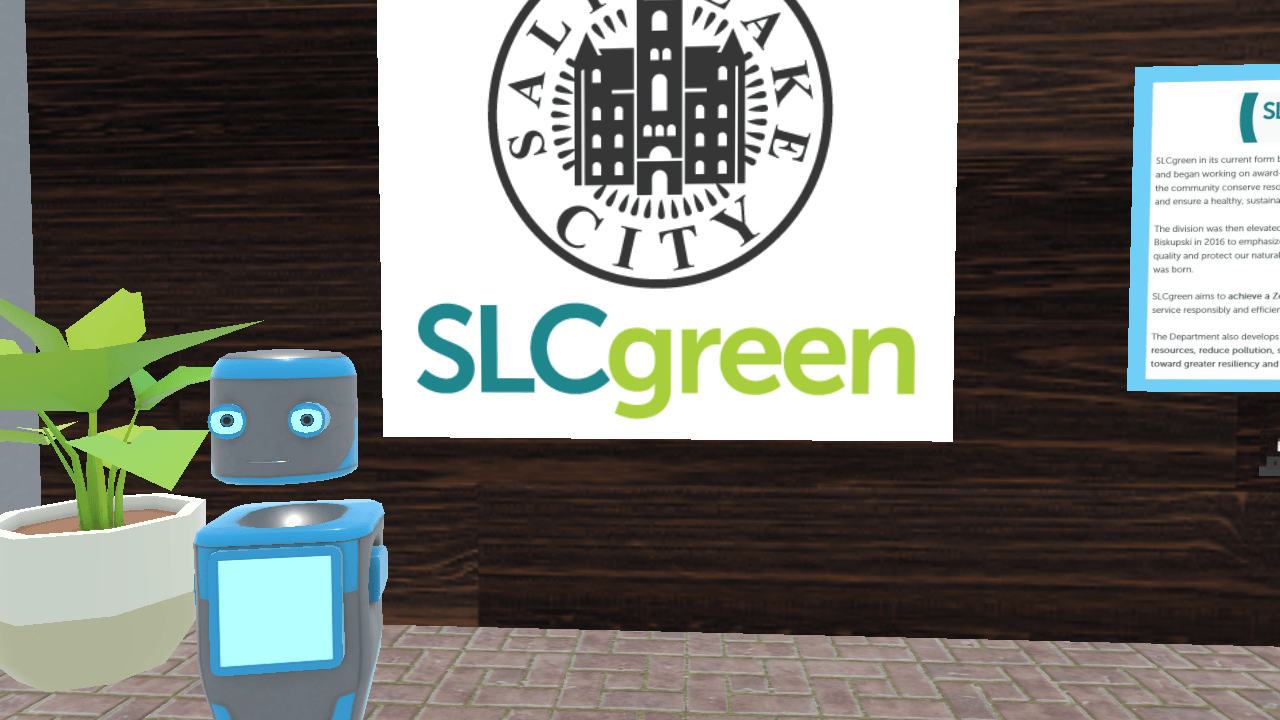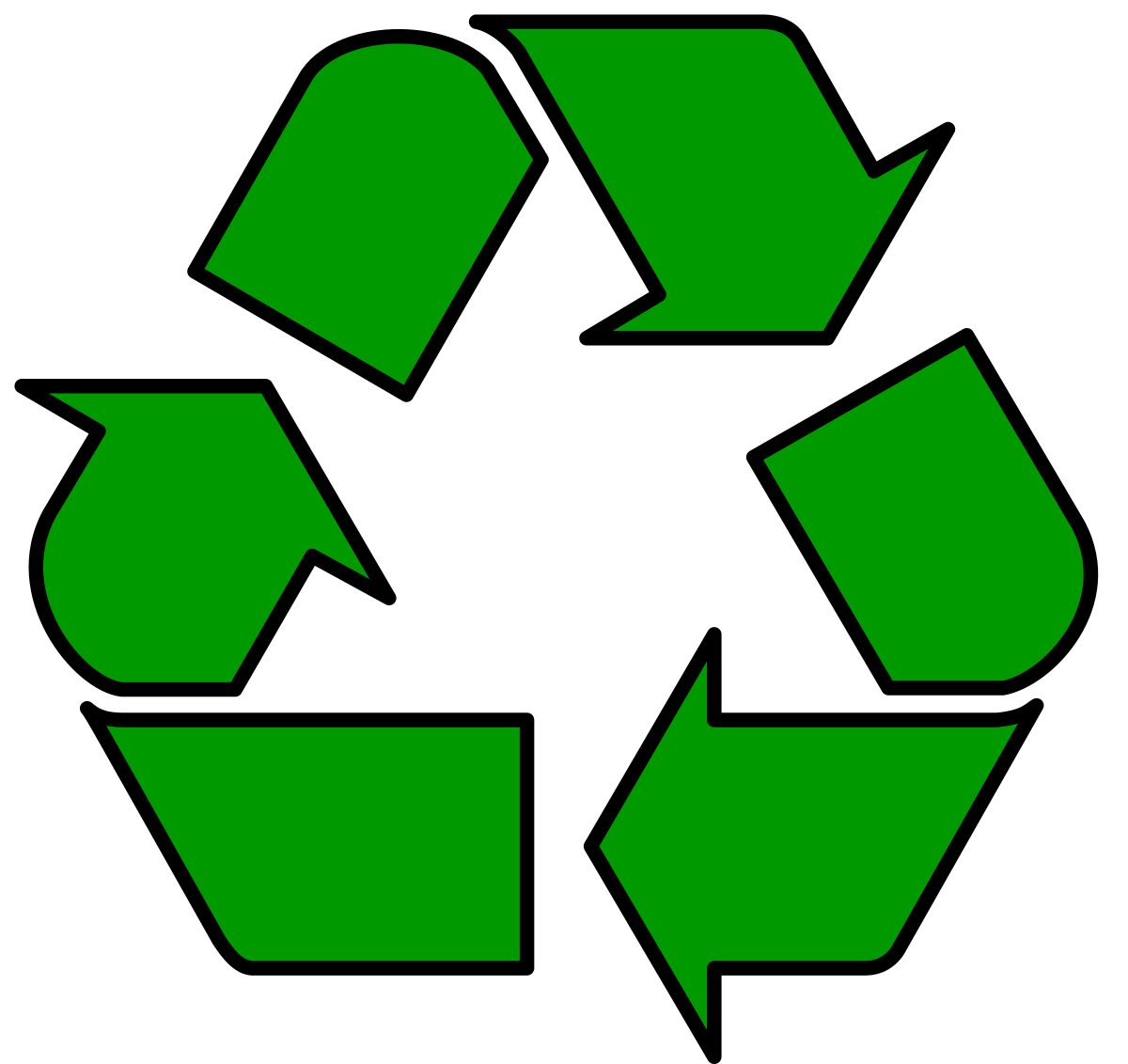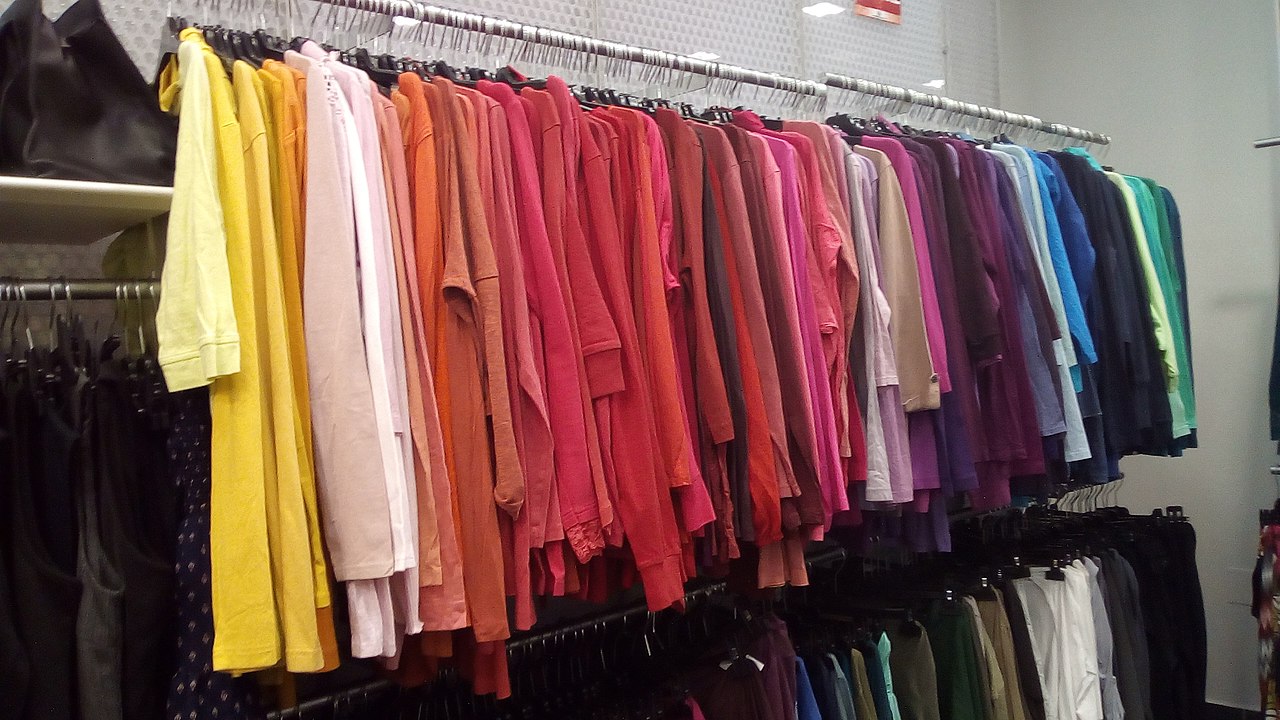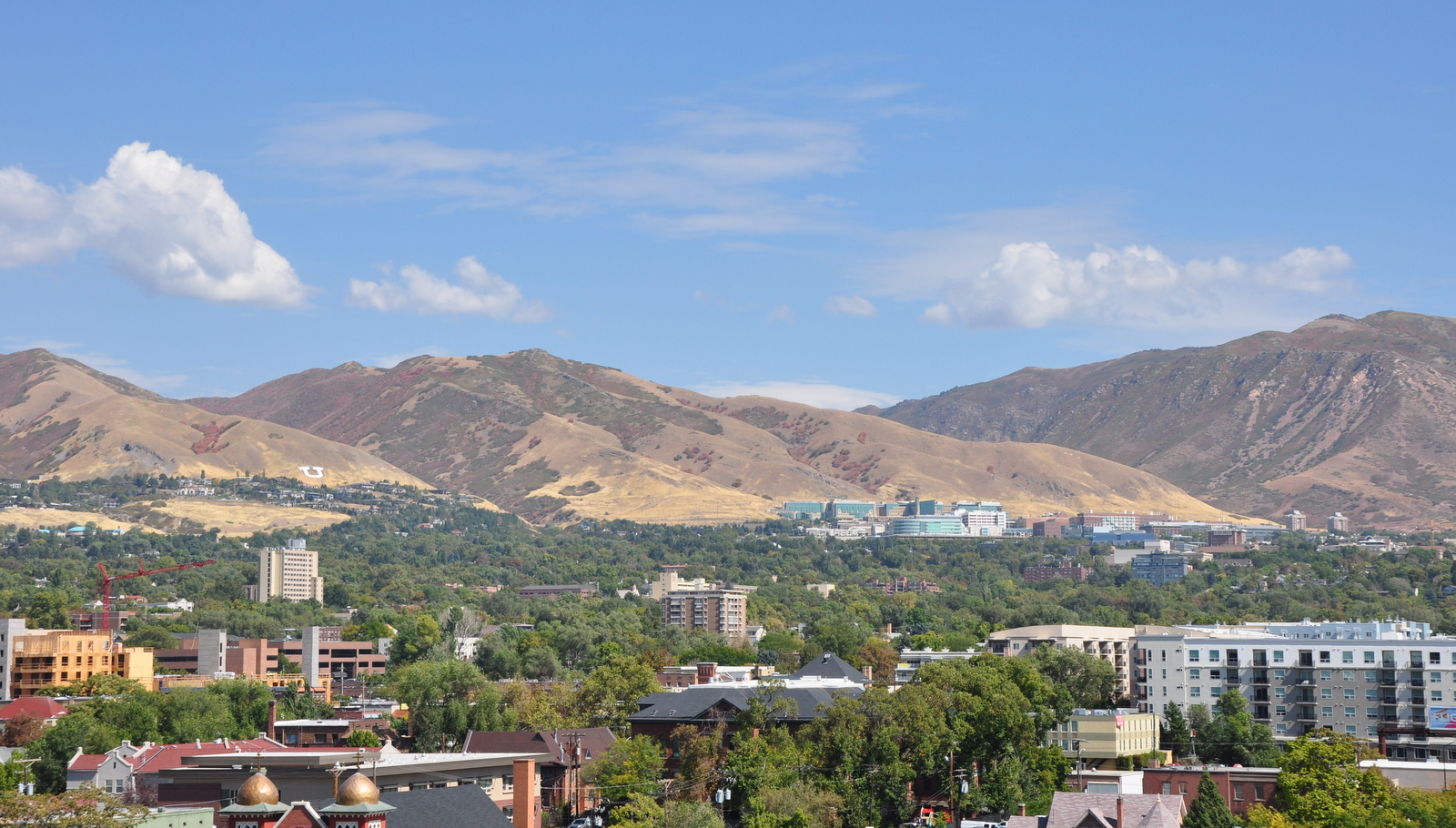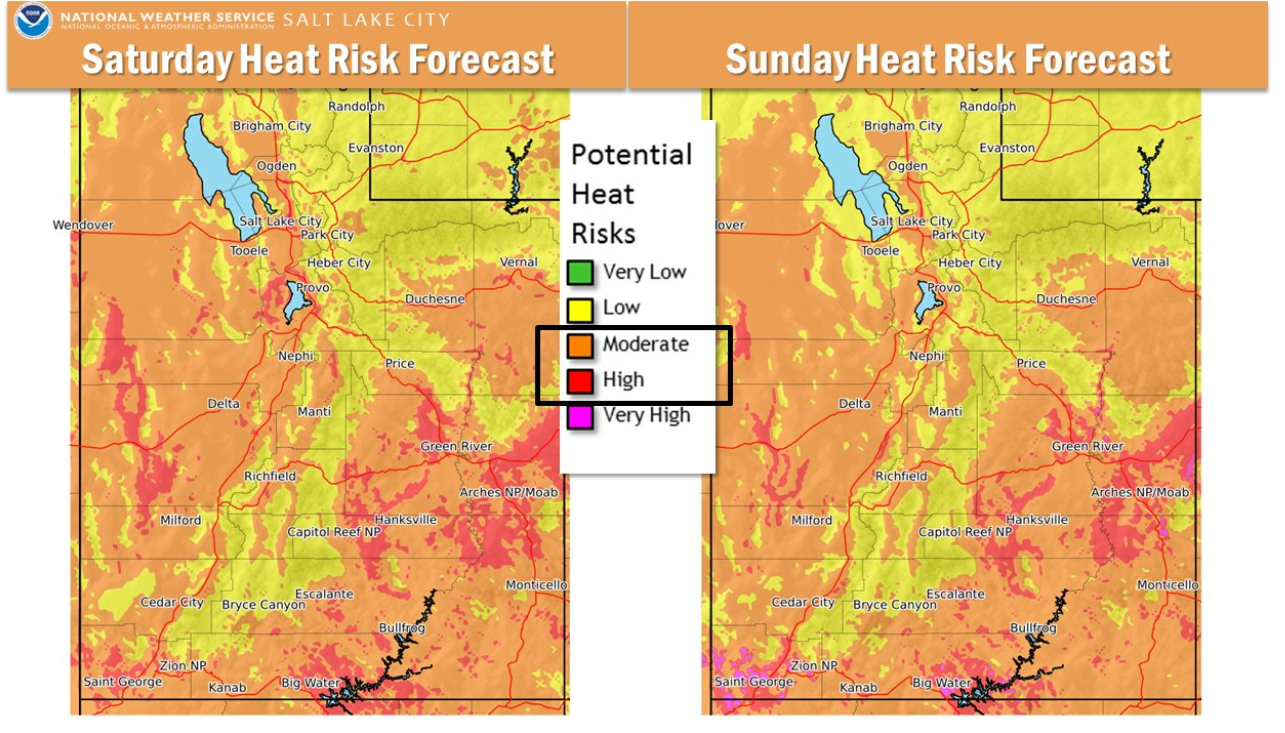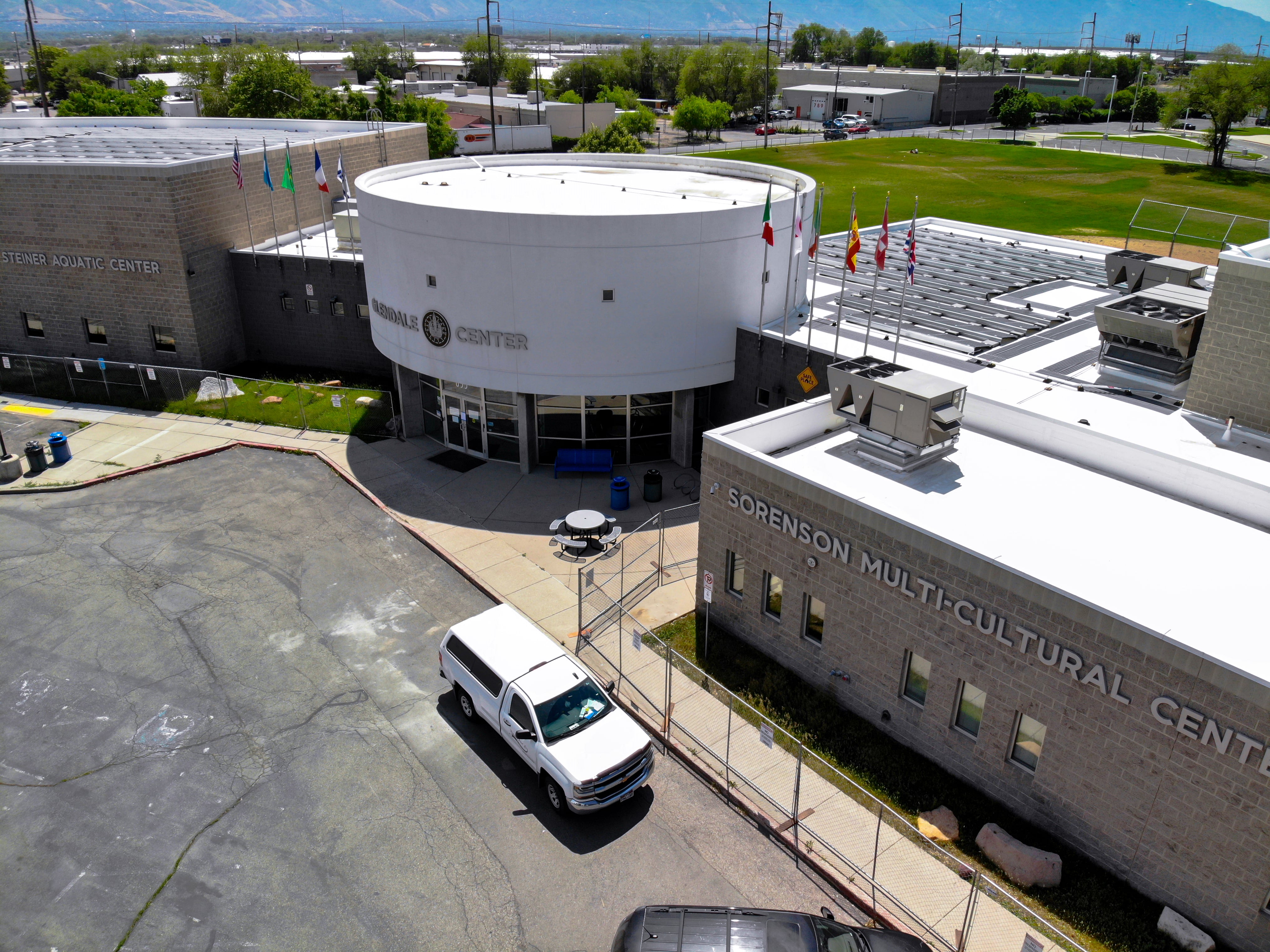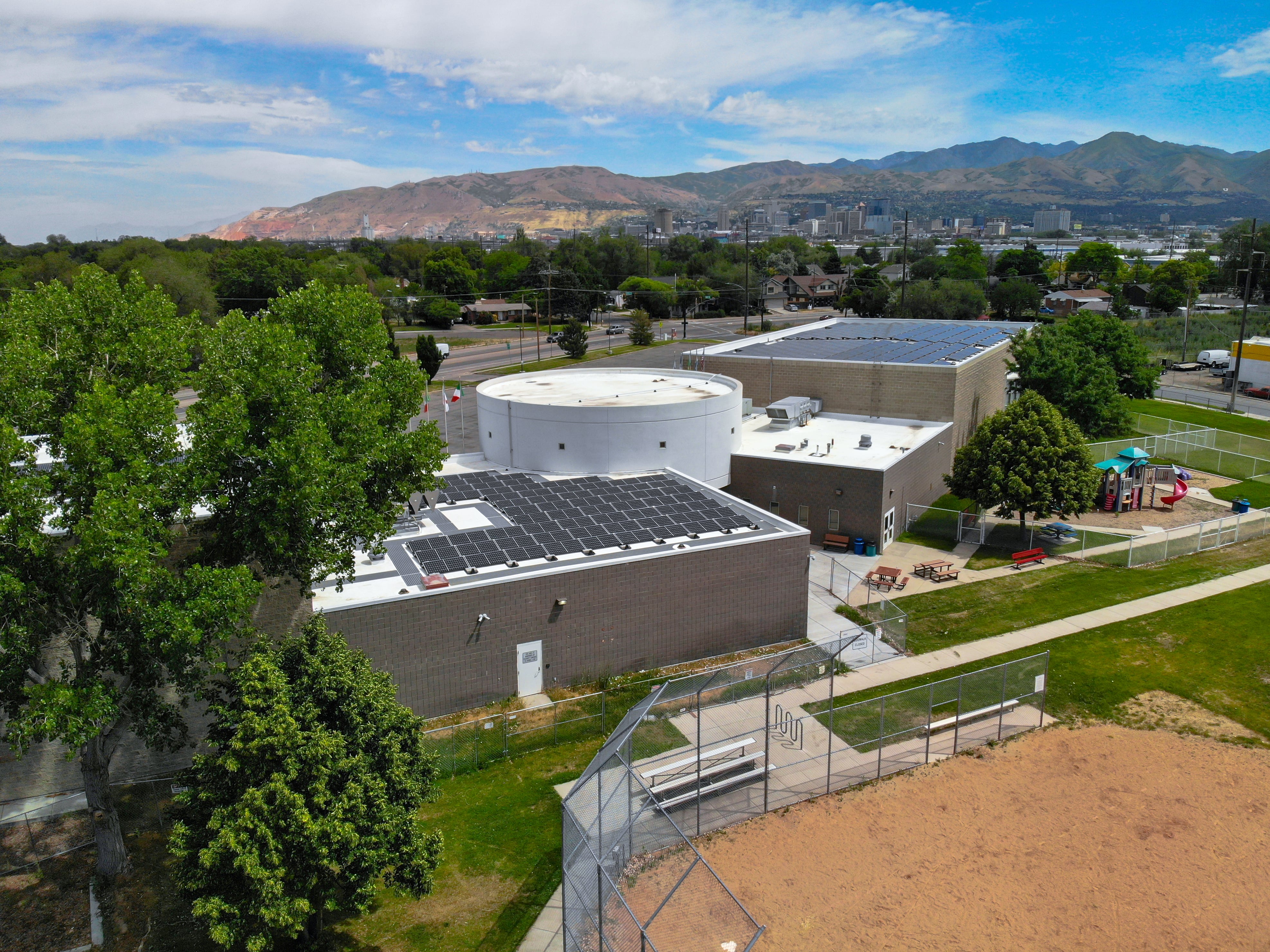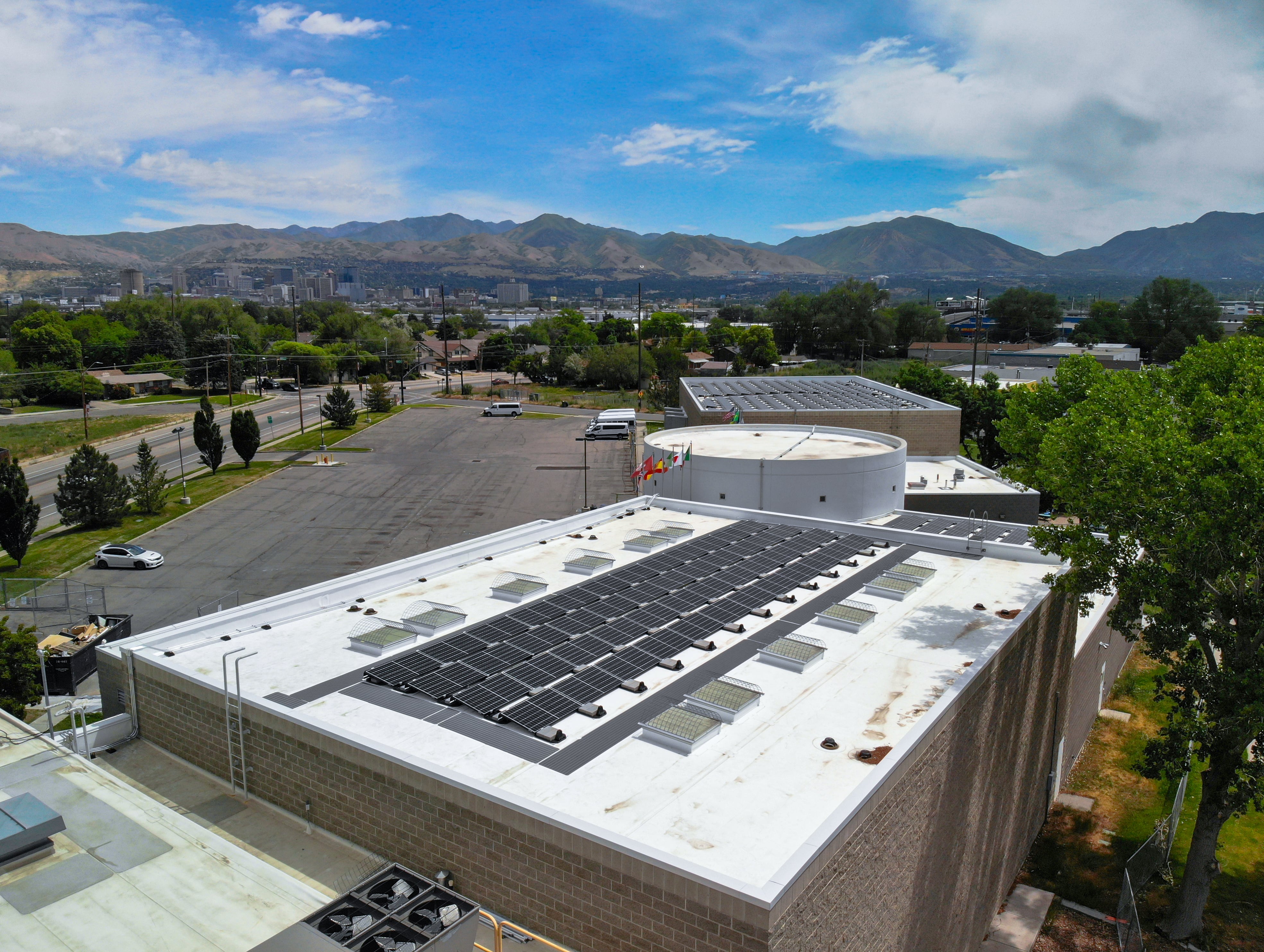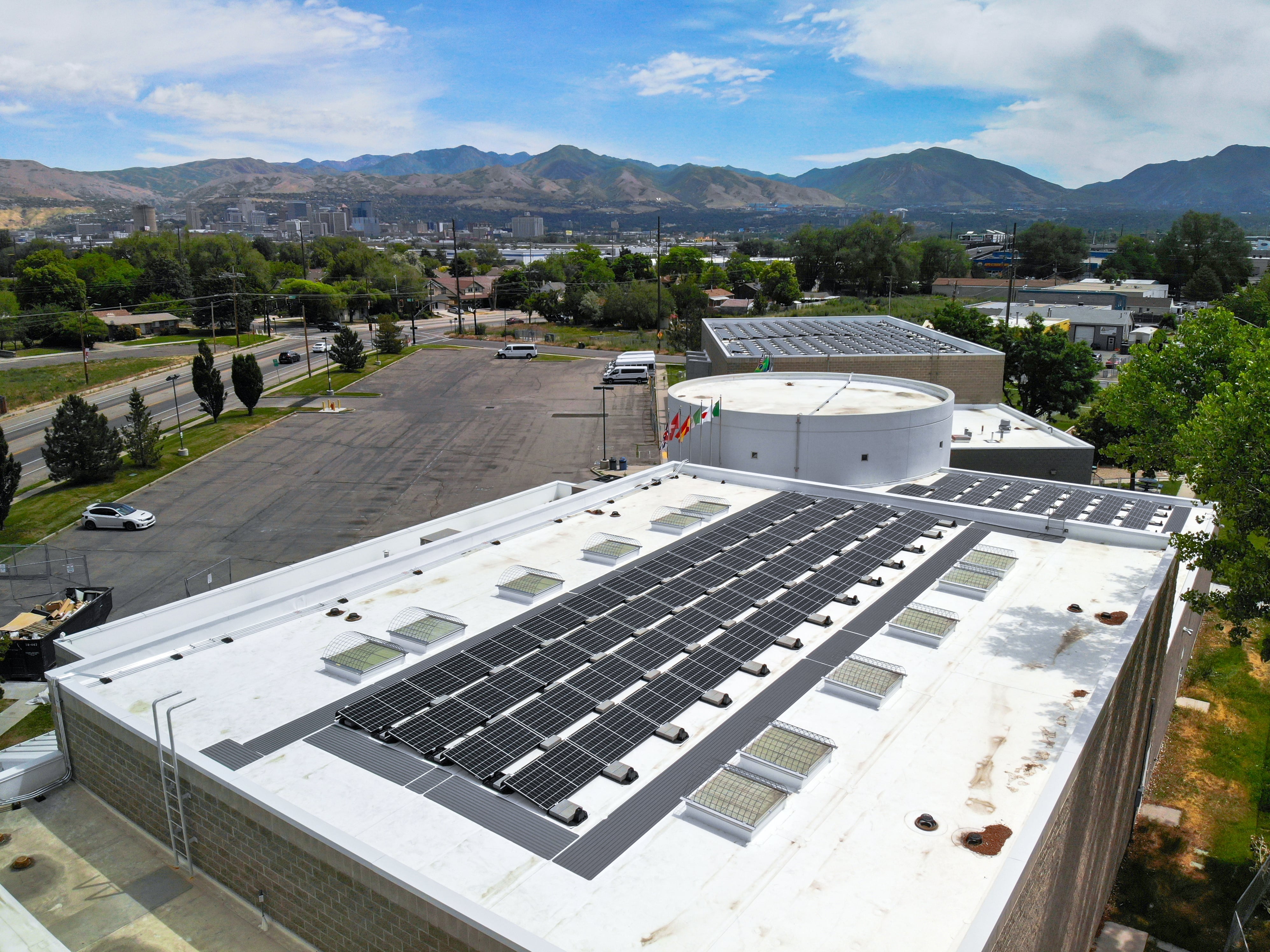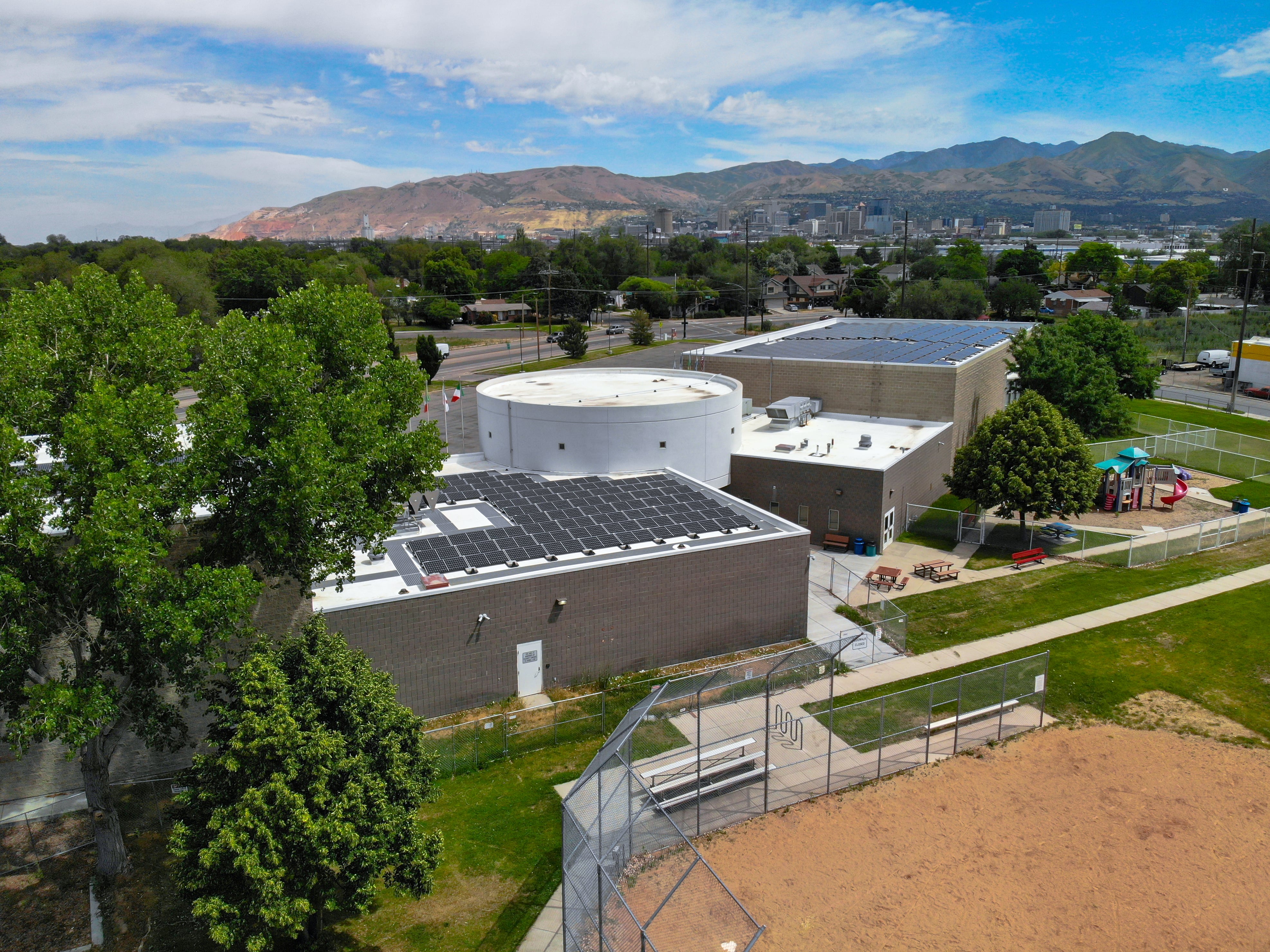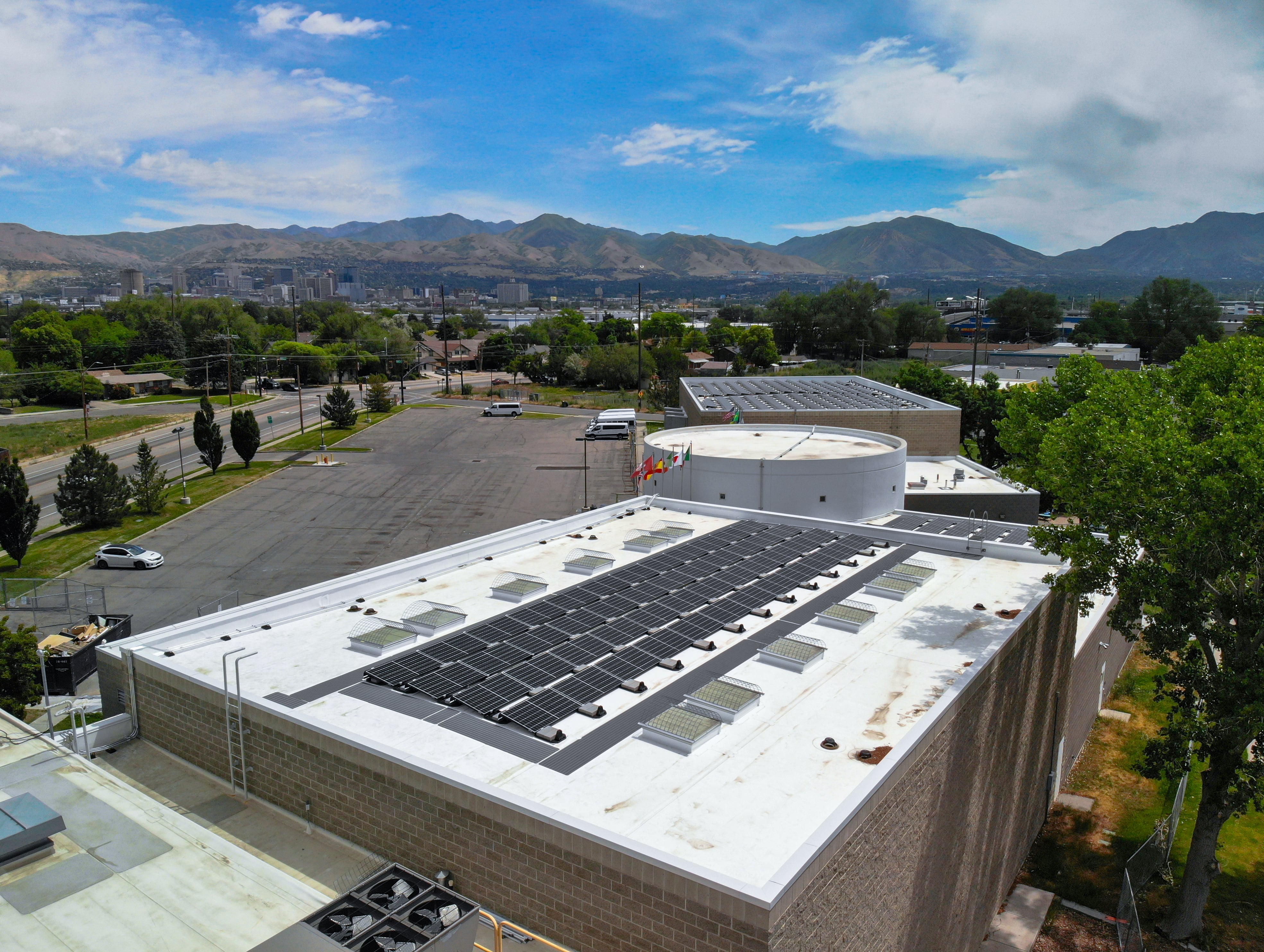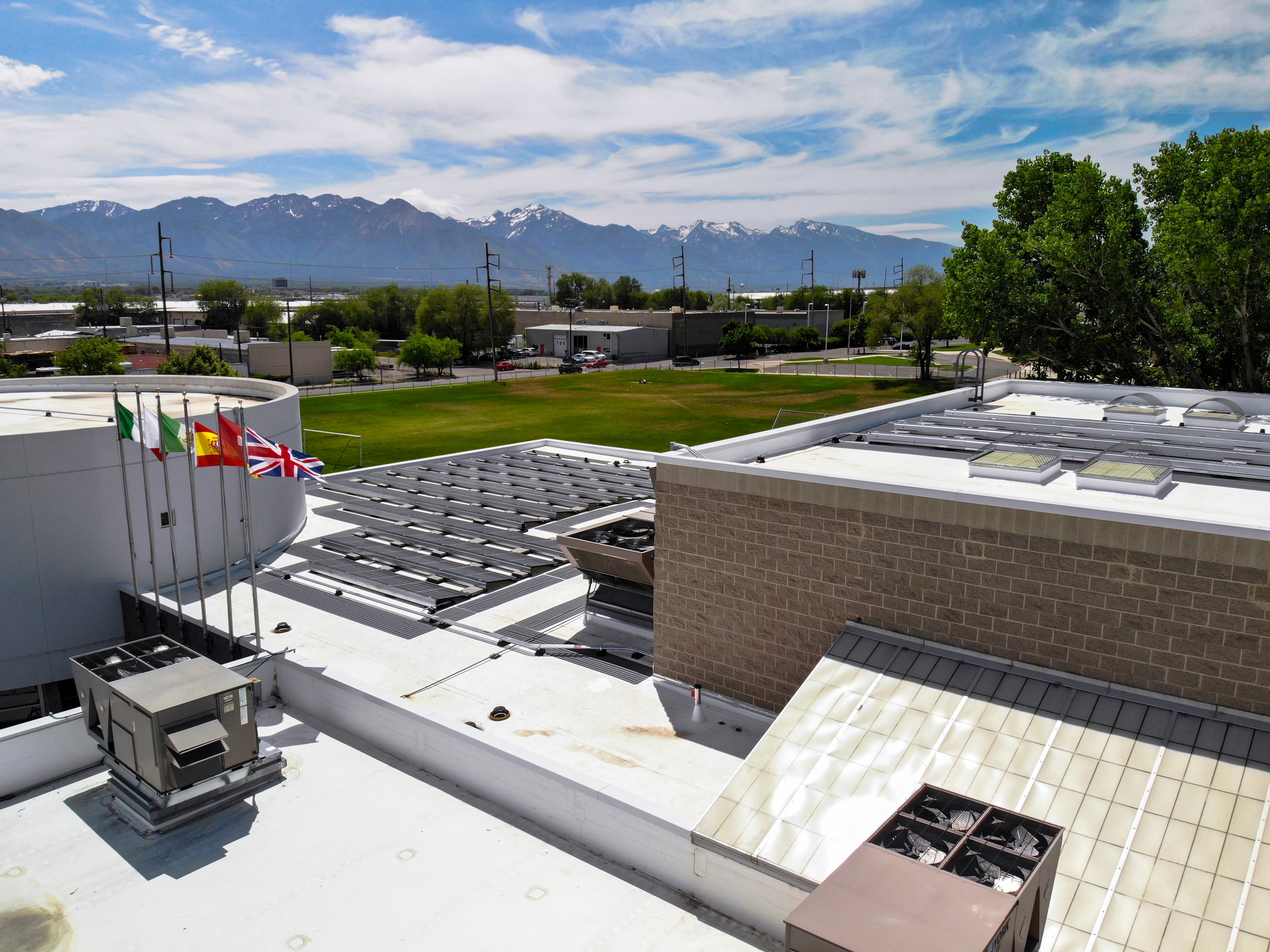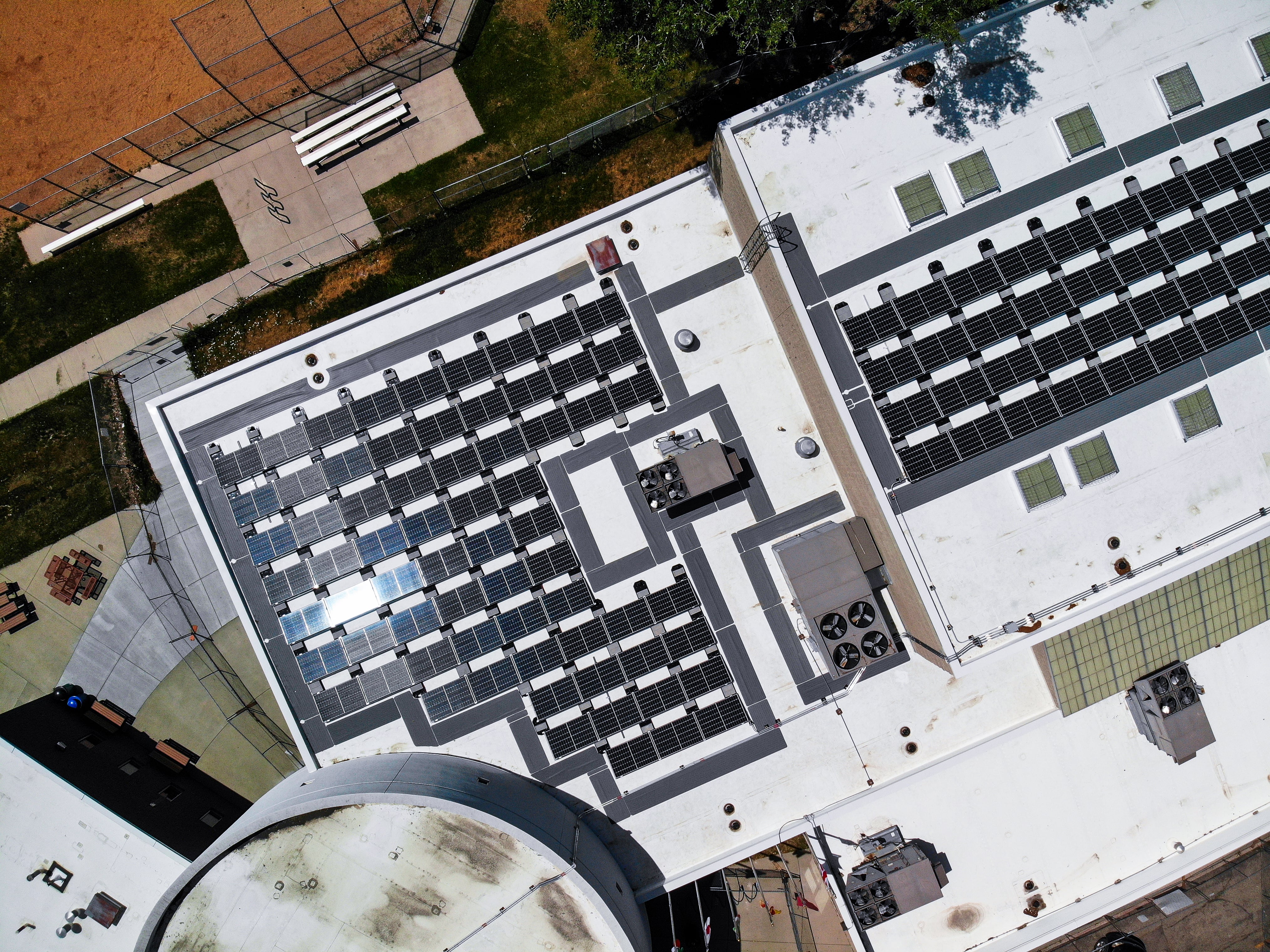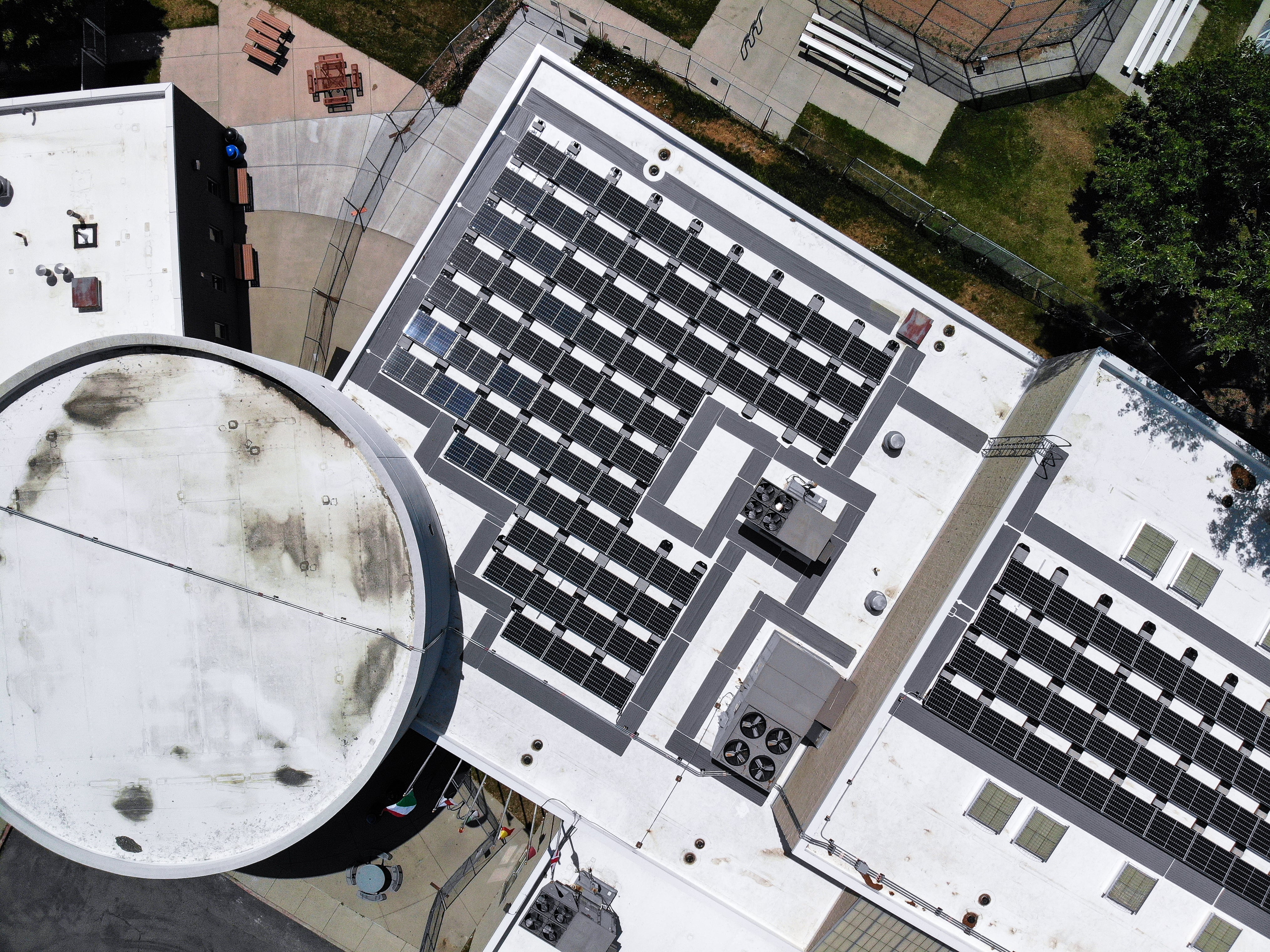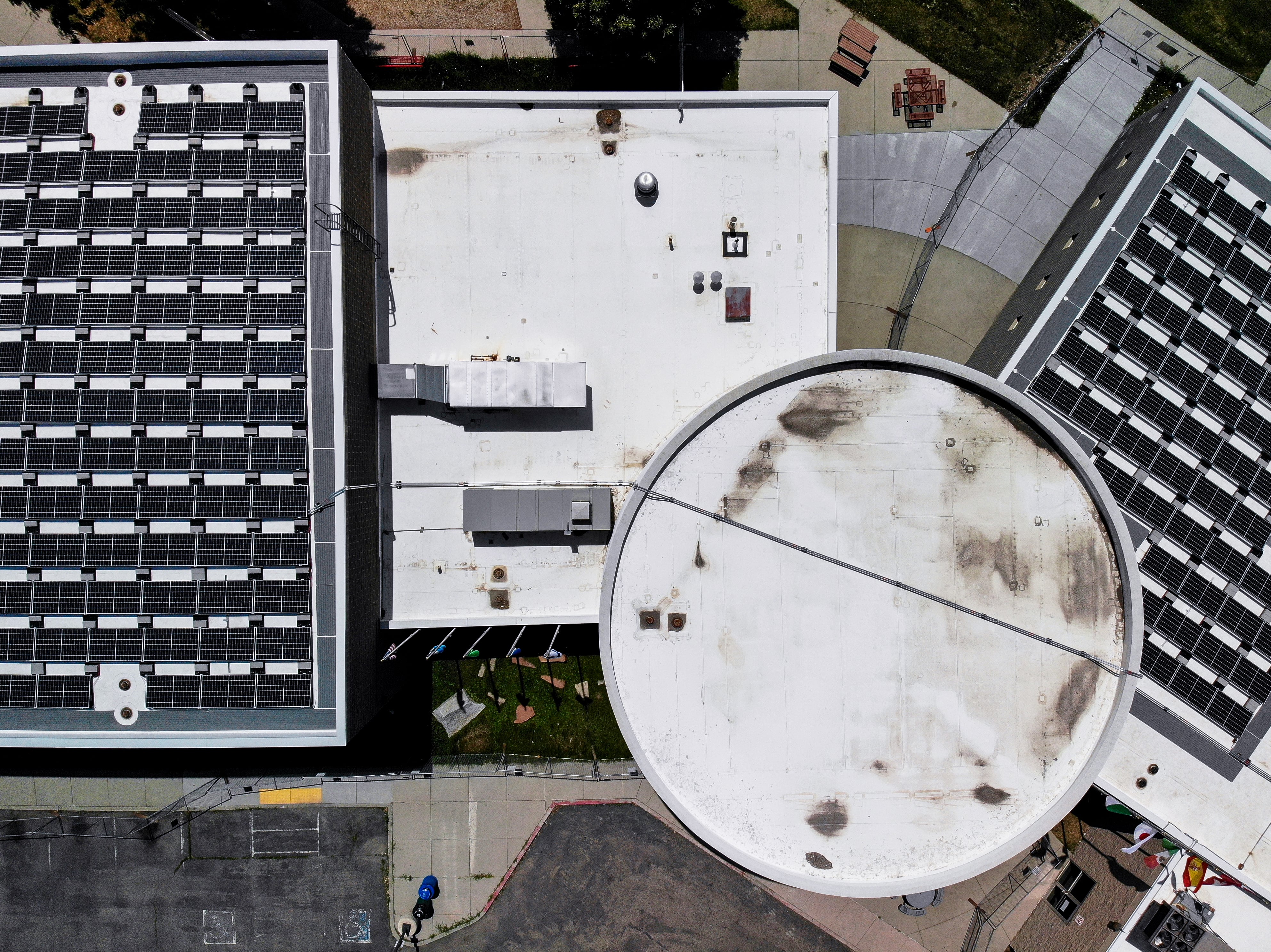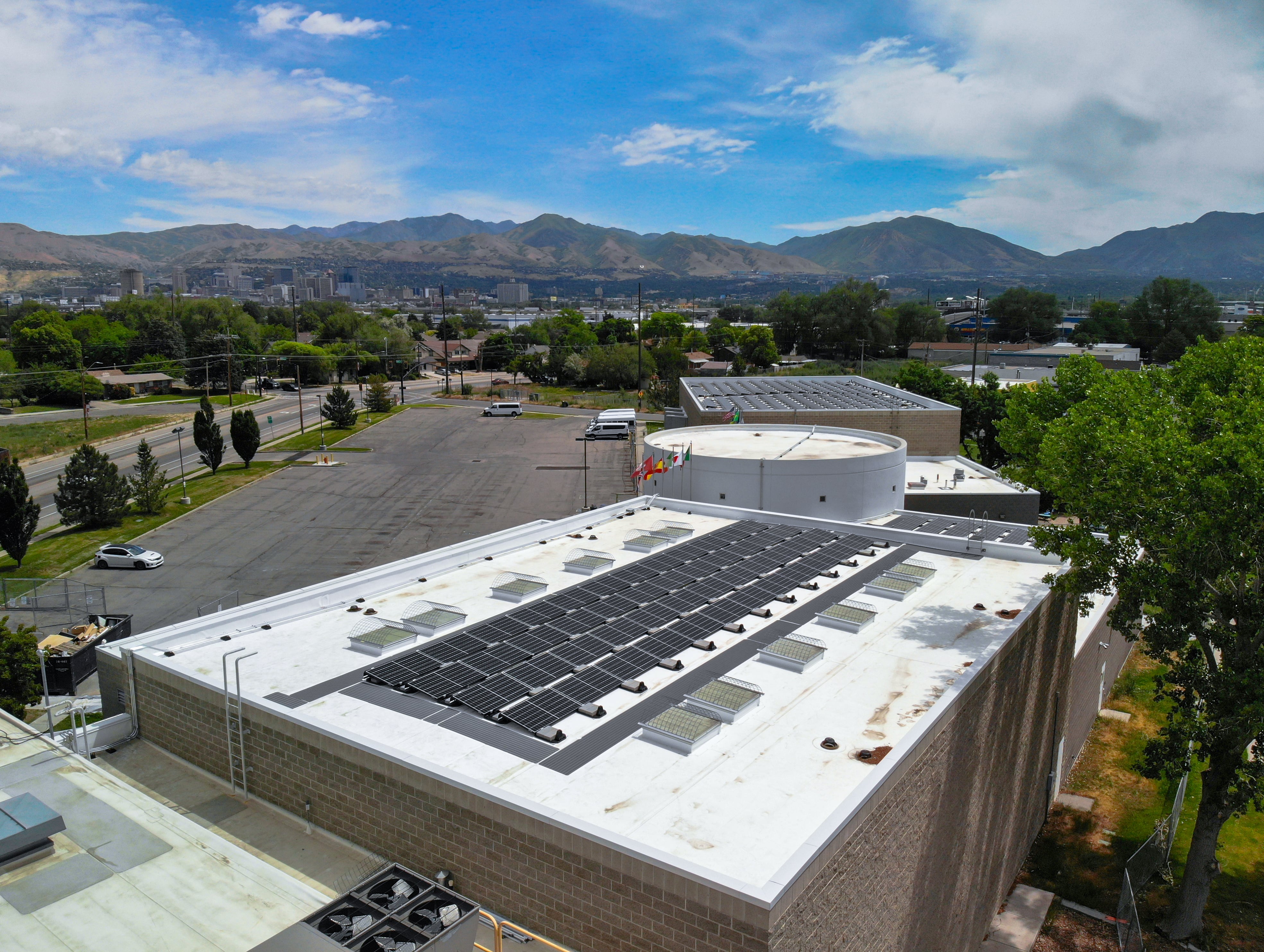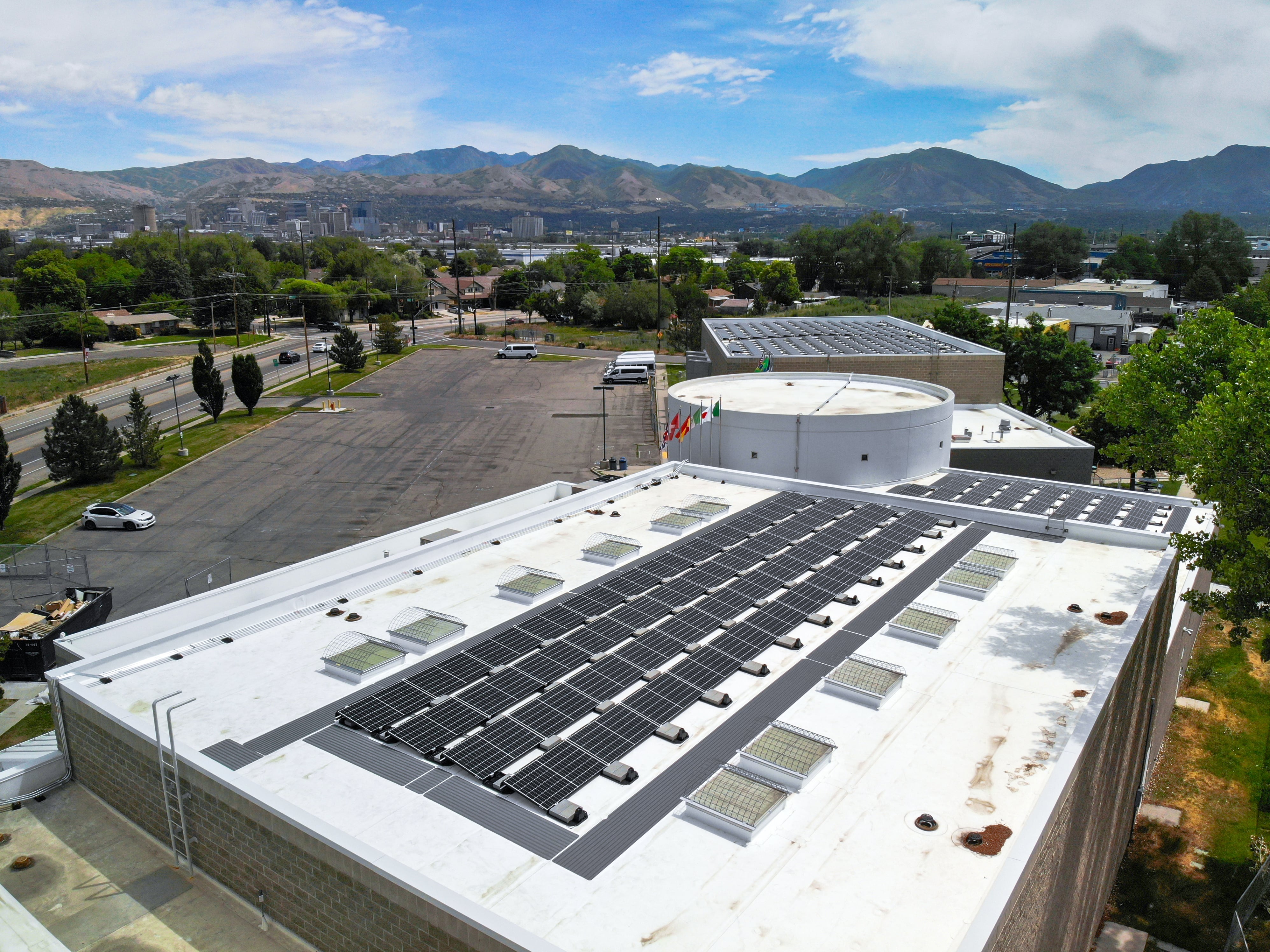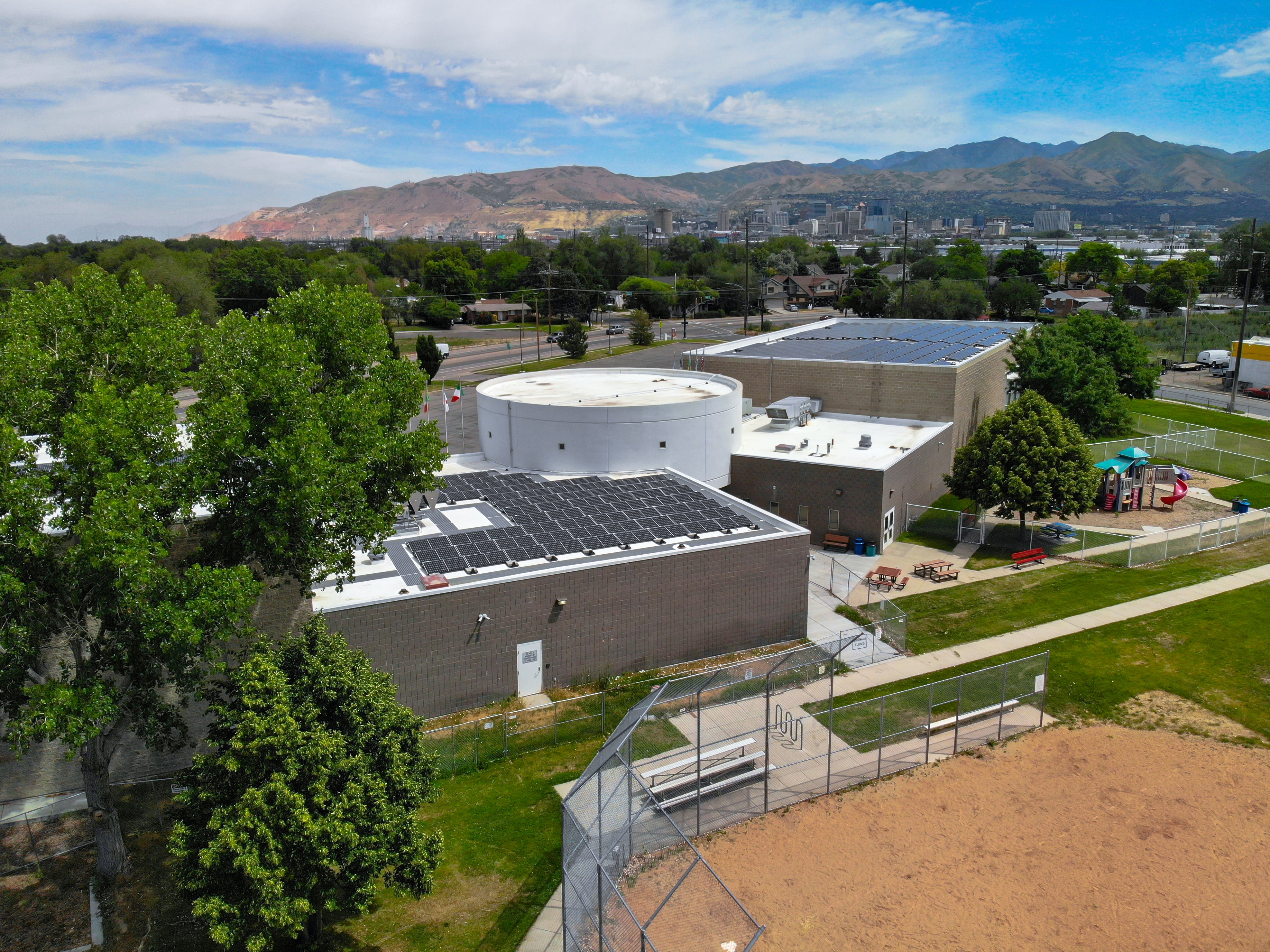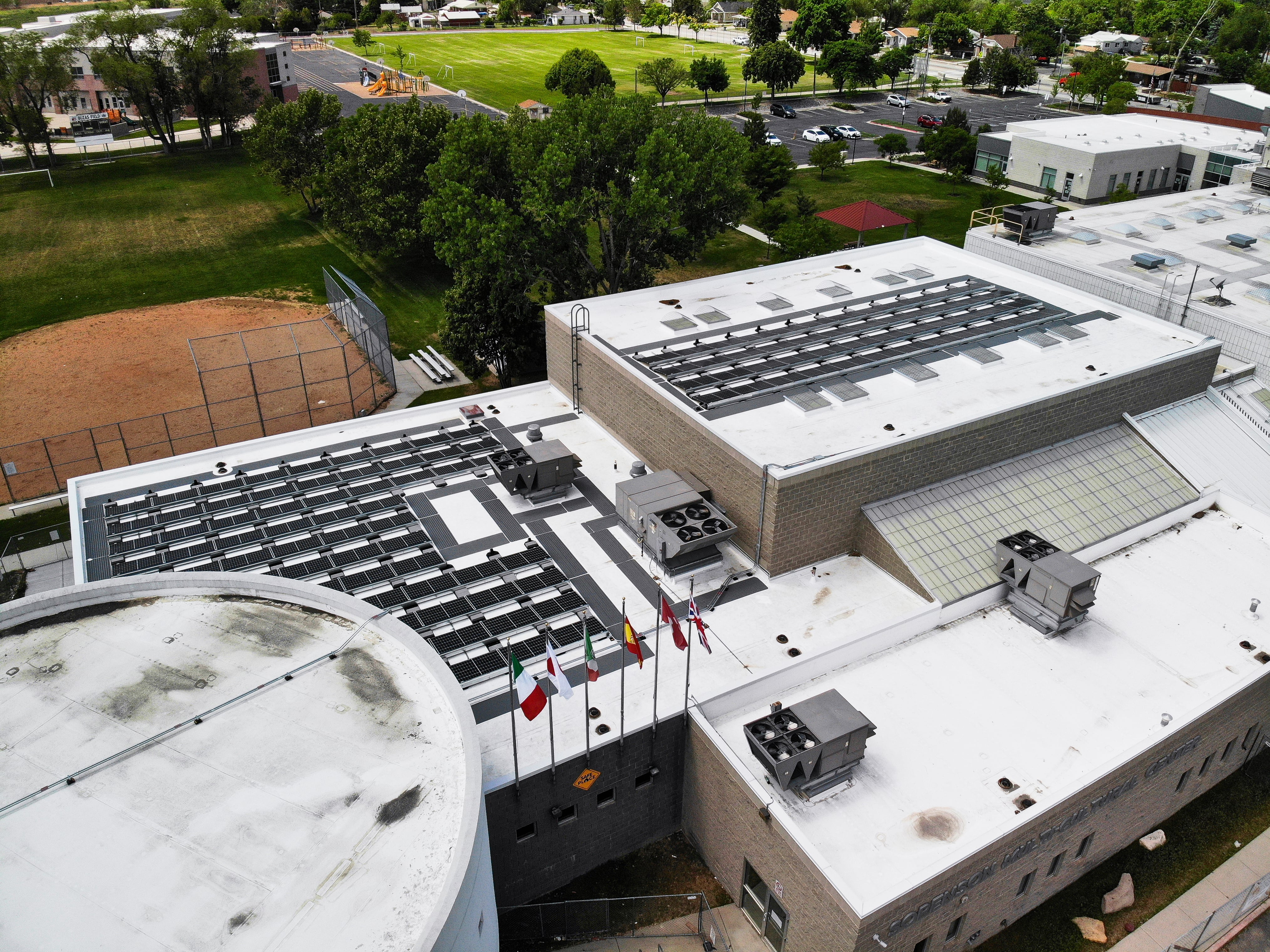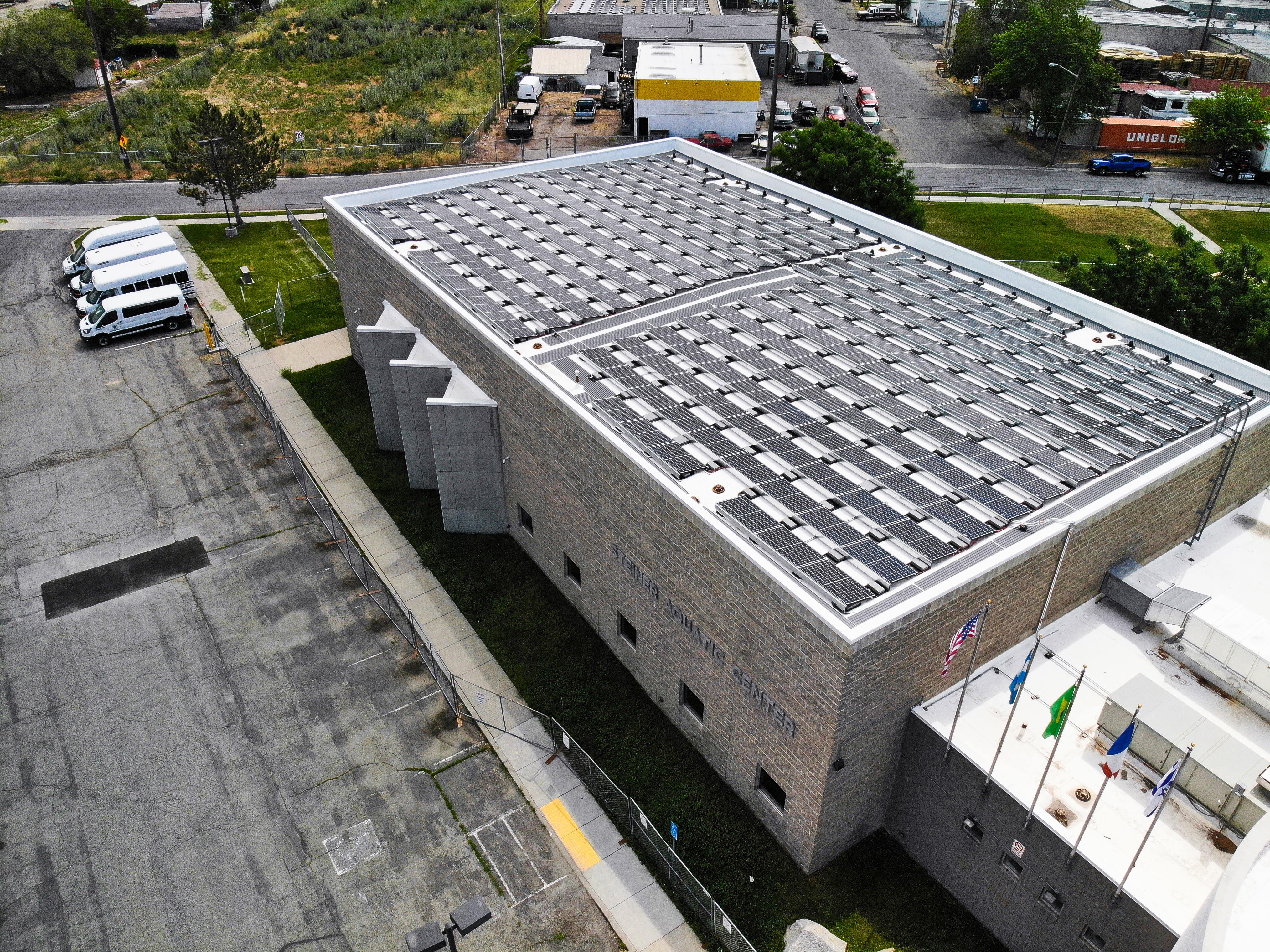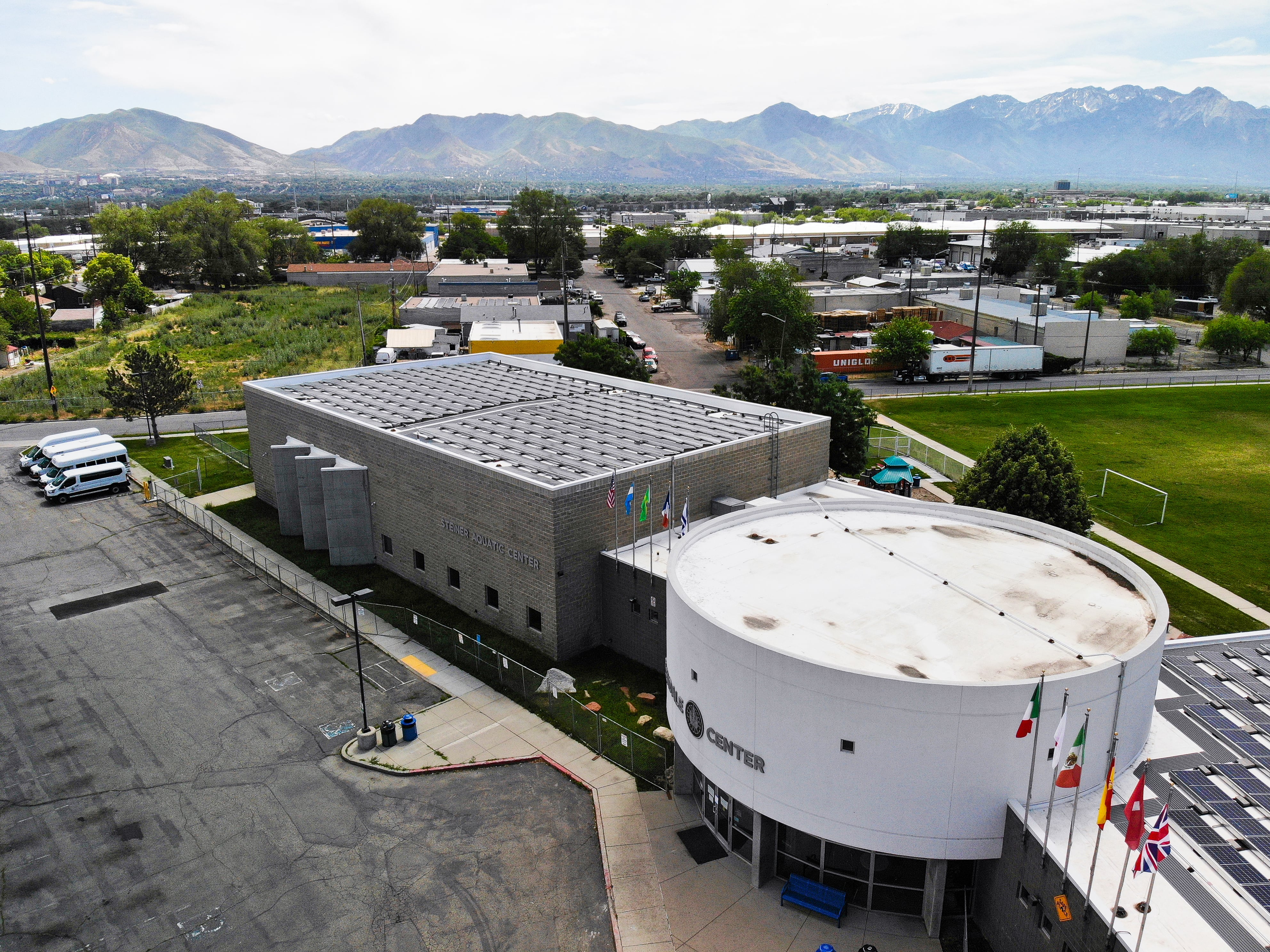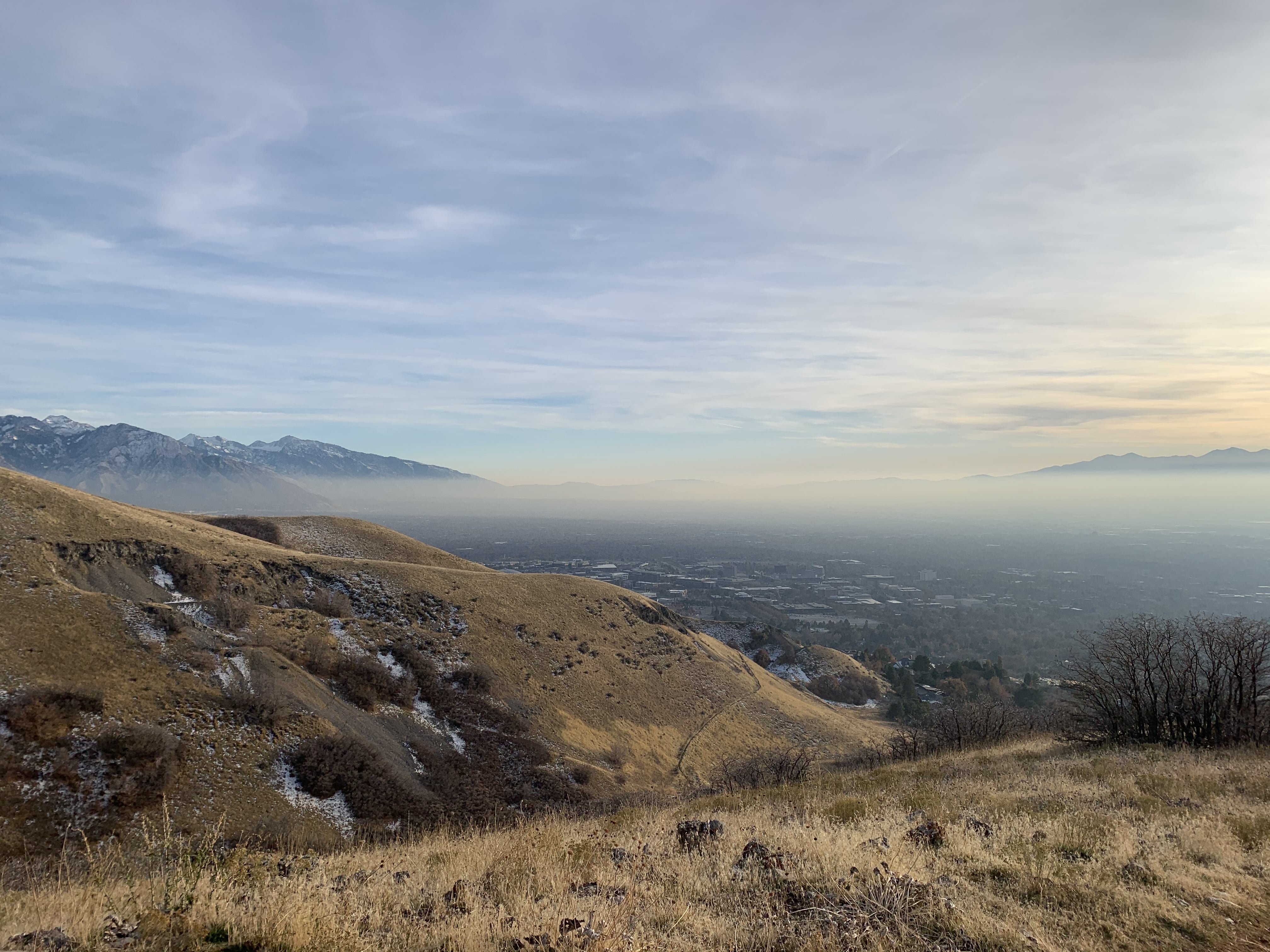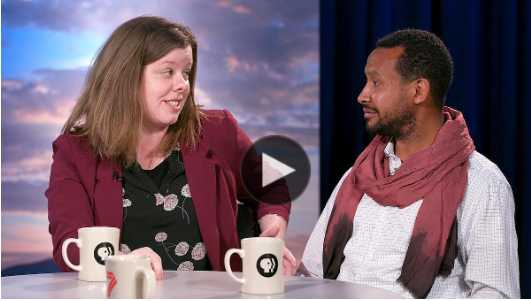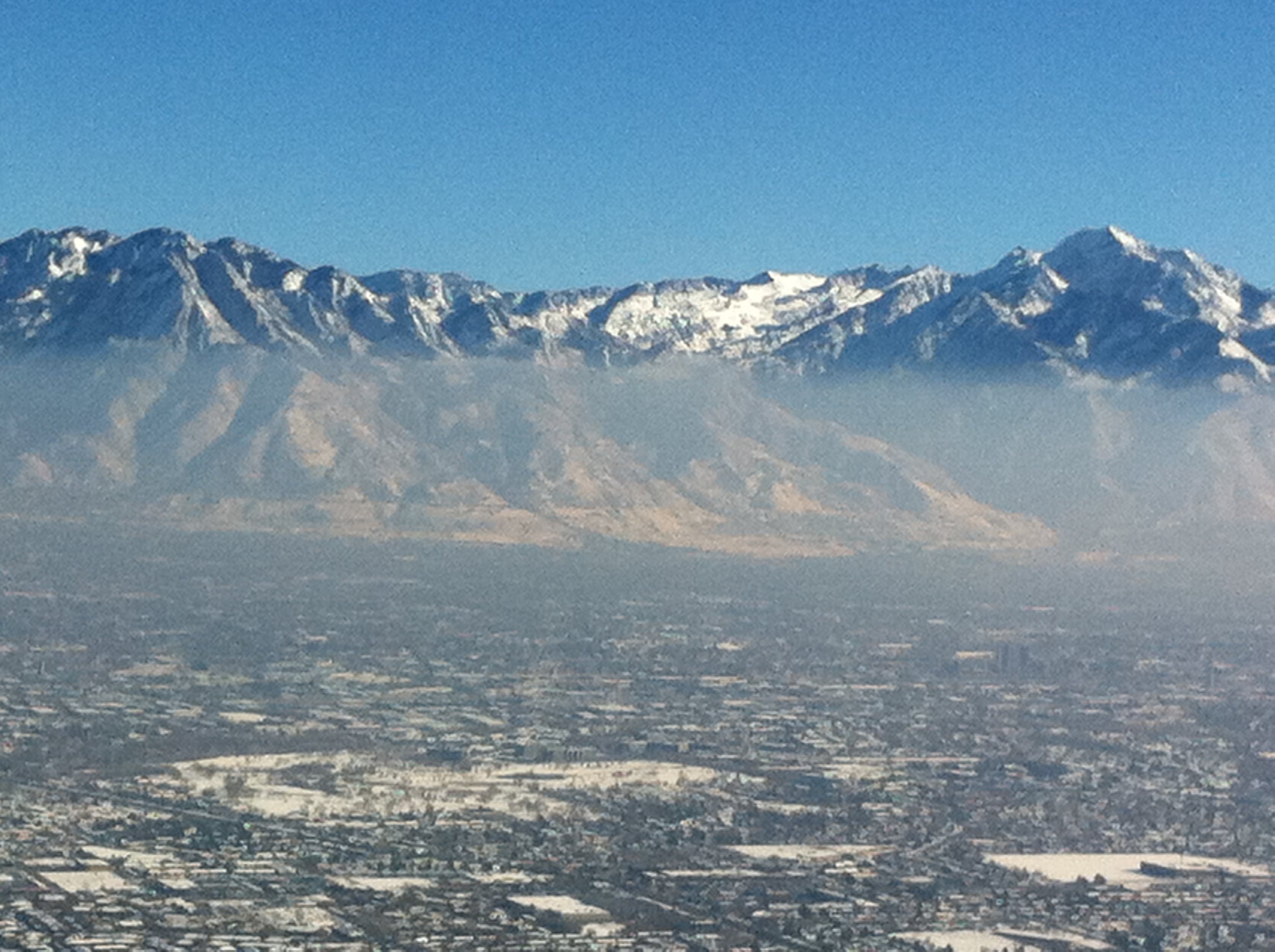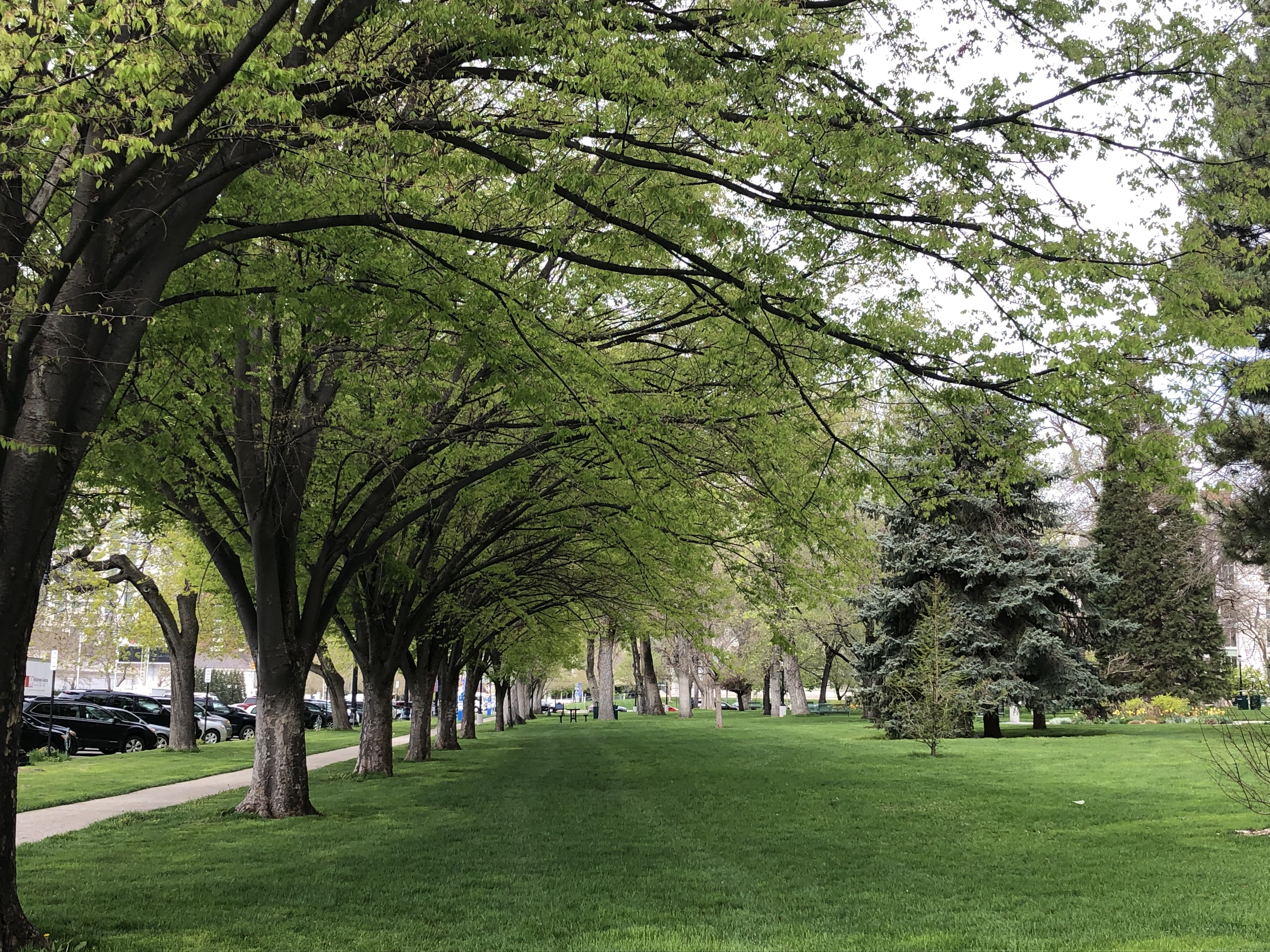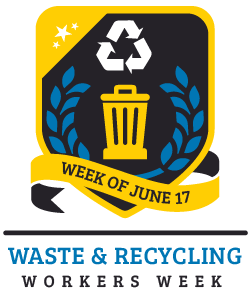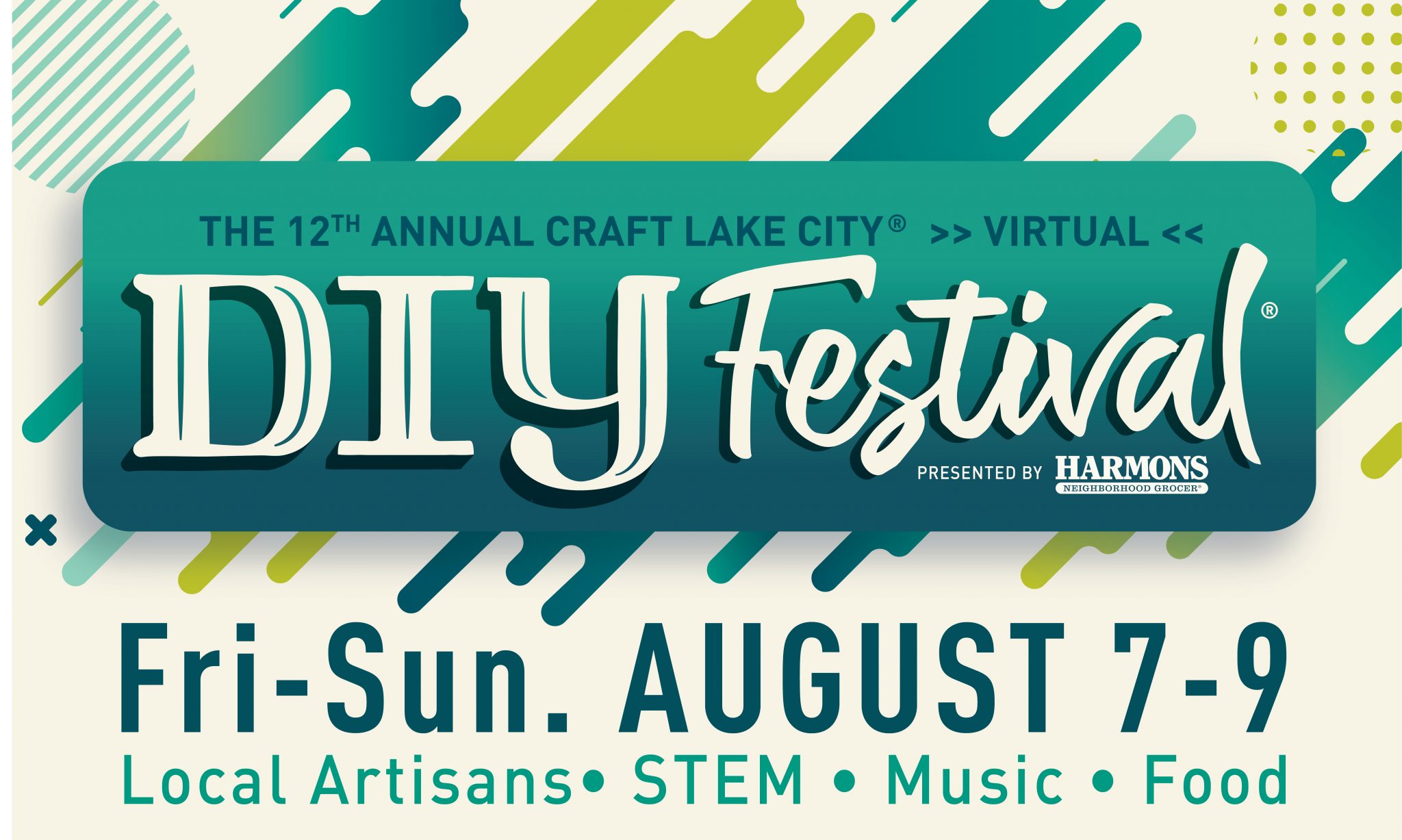
It’s time for the 12th annual DIY Festival. Normally held at the Salt Lake Fairgrounds, this year’s Craft Lake City will be virtual to help prevent the spread of COVID-19. This year’s festival is putting their STEM (Science, Technology, Engineering, & Math) and Craft skills to work by building an entire virtual gallery for attendees to explore.
The virtual space is a unique way to engage with the community. You can pop on your VR (virtual reality) goggles, or just navigate from your computer, and explore the rooms and workshops via a personalized avatar.
But don’t be alarmed – Craft Lake City is still the same event you know and love. You’ll be able to learn about local STEM programs, as well as visit the booths of local artisans. The 3-day festival has something for everyone!
Visit Craft Lake City
If you love the SIMS, Minecraft or other Virtual Reality games, you’ll love exploring the online DIY Festival. But even if you’re not familiar with virtual spaces, there is lots to be excited about for this year’s festival.
Along with the interactive galleries and vendor “booths,” Craft Lake City has a virtual VIP Lounge and fun online workshops! This year’s workshops include a Tri-Color Gnocchi Workshop with Salt Lake City Council Member Ana Valdemoros, owner of Argentina’s Best Empanadas.
Official Virtual DIY Festival Hours:
- Fri., Aug. 7, 6 p.m. – 10 p.m.
- Sat., Aug. 8, 9 a.m. – 1 p.m.,
- Kid Row 1 p.m. – 3 p.m.
- Sun., Aug. 9, 2020 3 p.m. – 7 p.m.
Explore SLCgreen’s Virtual Gallery
Salt Lake City has been a long-time sponsor of the festival and we’re thrilled that the organizers have figured out a way to bring the event to the community again this year.
SLCgreen usually sets up a table in the STEM center at the festival and we are excited to be part of this year’s virtual space. With the help of the Craft Lake City teams, we built our very own SLCgreen gallery! Take a peek below:
.
In the SLCgreen Virtual Gallery, you can learn more about :
- The Climate Positive 2040 Plan
- Recycling and Composting in Salt Lake City
- The City’s Waste Management and Air Quality Histories
- Salt Lake City’s Local Food System
Sustainability encompasses environmental, societal, economic, and equity needs. SLCgreen works to fight climate change, reduce emissions, ensure access to local food, and keep our air and water clean. All of SLCgreen’s environmental efforts directly link to equity and social justice.
SLCgreen is dedicated to helping the community build a more sustainable and resilient future. We hope you will visit us at the DIY Festival and tell us what “Sustainability” means to you!
Support Local Vendors
The COVID-19 pandemic has taken a serious toll on the health and economic well-being of our communities. Part of building a sustainable community is helping to support the economic and equity needs in our City. It is more important than ever to support local artists and STEM developers– and Craft Lake City presents a fun and easy way to do that.
There are many reasons to buy local. Shopping at local businesses helps support our local economy, but has the added benefit of being more environmentally sustainable. Local purchases reduce the need for bulky packaging and help cut down on emissions associated with delivery.
Find a full list of participating artists and creators here.
Learn more about what you can expect at the DIY Fest in the ABC News Clip here: https://www.abc4.com/gtu/craft-lake-city-goes-virtual/
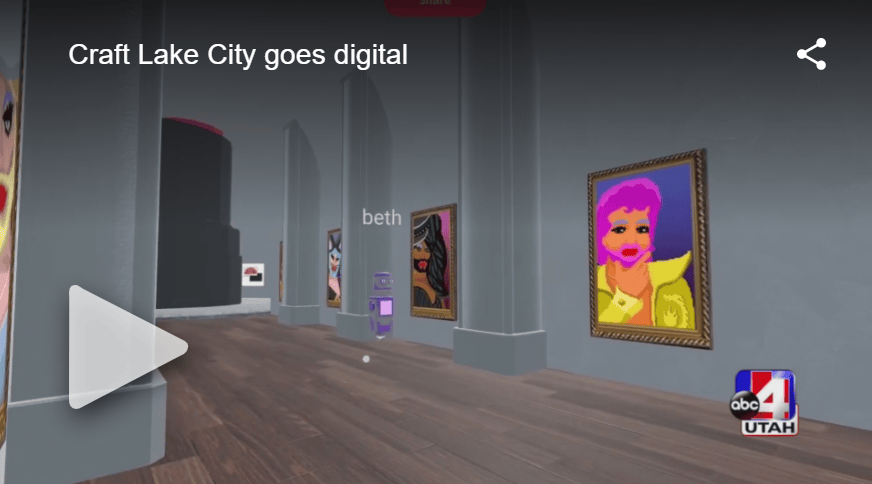
General admission is free, but there are many ways to donate and support the DIY Fest. Visit Craft Lake City for more information! We hope to see you there!

